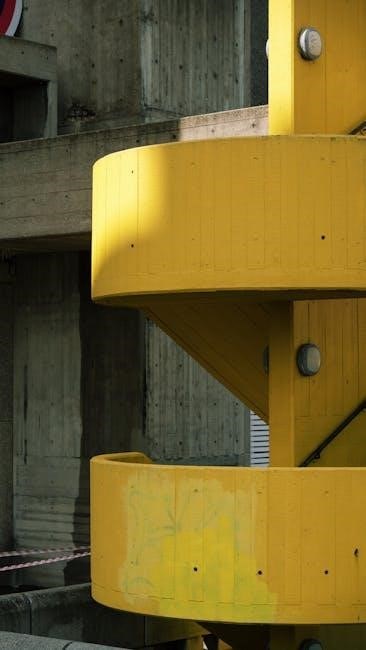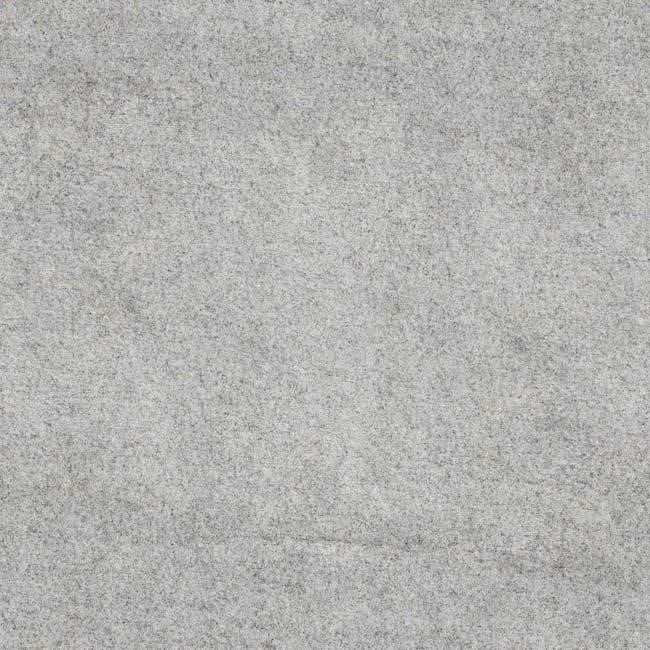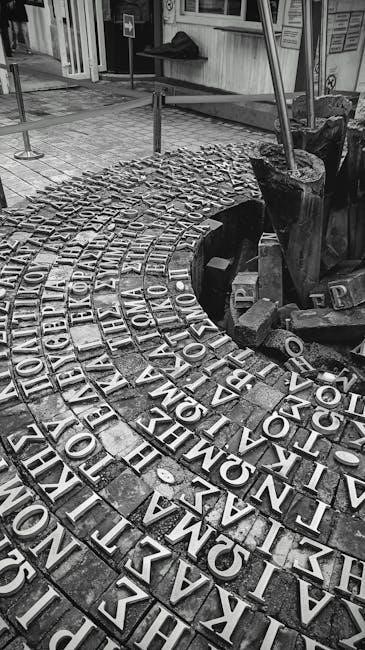Preparation for Fibre Cement Sheet Installation
Proper preparation ensures a smooth installation process. Plan the layout, gather necessary tools, and ensure a safe working environment; Check manufacturer guidelines and weather conditions before starting. Store materials correctly and prepare for waste disposal according to regulations.

1.1 Tools and Materials Needed
Essential tools include a score and snap knife, utility knife, drill, screwdriver, measuring tape, and safety gear like gloves and dust masks. Materials required are fibre cement sheets, self-tapping screws, weatherproof adhesive, sealants, and spacers. Ensure all fasteners are compatible with the sheets to prevent damage. Additional items like ladders, scaffolding, and cutting tools may be necessary depending on the project size. Always refer to the manufacturer’s guidelines for specific material recommendations to ensure durability and compliance with building standards.
1.2 Site Preparation and Safety Measures
Clear the installation area of debris and obstructions to ensure safe access. Check the structural integrity of the framework to support the fibre cement sheets. Set up scaffolding or ladders securely, ensuring stable platforms for working at heights. Wear personal protective equipment (PPE) such as gloves, safety goggles, and dust masks to protect against cuts and dust inhalation. Ensure proper ventilation and avoid installation during extreme weather conditions like heavy rain or strong winds. Secure loose clothing and long hair to prevent accidents. Keep emergency exit routes clear and have a first aid kit nearby. Properly store tools and materials to prevent tripping hazards.

Installing Fibre Cement Sheets
Begin by laying sheets from the eaves to the ridge, aligning them properly to ensure a secure and weather-tight installation. Follow manufacturer guidelines for spacing and overlaps to maintain structural integrity and durability.
2.1 Laying Fibre Cement Sheets from Eaves to Ridge
Start by laying fibre cement sheets from the eaves, working column by column to ensure proper alignment. Align the sheets in a straight line up and over each roof slope to fit the ridge correctly. Secure the sheets with recommended fasteners, spacing them no more than 400mm apart. Ensure the side lap faces the prevailing wind direction to prevent water ingress. Leave a 5-10mm expansion gap between sheets to accommodate thermal movement. This method ensures a weather-tight and durable installation, adhering to manufacturer guidelines for optimal performance.

2.2 Fastening Techniques and Recommendations

Use self-tapping screws specifically designed for fibre cement sheets, ensuring they are 0.5mm smaller than the drill bit to avoid cracking. Fasteners should be spaced no more than 400mm apart, with a minimum of 15mm from edges. Align screws with the sheet’s reinforced strips for added strength. Secure sheets firmly to prevent loosening over time. Sealed joints and cut edges with a fibre cement sealant to prevent water ingress. Always follow manufacturer guidelines for fastener type and spacing to ensure a durable and weather-tight installation. Proper fastening is critical for maintaining structural integrity and longevity.
2.3 Handling Laps and Joints
Ensure side laps face the prevailing wind direction to prevent water ingress. Align sheets precisely, overlapping by the recommended 50mm. Secure laps with fasteners spaced evenly, avoiding over-tightening. Use a rubber mallet to fit sheets snugly. Seal all joints with a fibre cement sealant to maintain weather-tightness. Cut edges must be painted to protect against moisture. Always follow manufacturer guidelines for lap and joint handling to ensure durability. Properly sealed laps and joints are essential for preventing leaks and ensuring the longevity of the fibre cement installation.

Safety Considerations
Wear PPE, including gloves and dust masks, to protect against fibre cement dust. Ensure the site is secure, and use fall protection when working at heights. Properly dispose of waste materials, and keep the area clean to prevent accidents. Always follow manufacturer safety guidelines for handling fibre cement sheets.
3.1 Personal Protective Equipment (PPE)
Wearing appropriate PPE is essential when handling fibre cement sheets. Use gloves to prevent cuts and abrasions, and a dust mask to avoid inhaling fibres and dust. Safety goggles or glasses protect eyes from debris. A hard hat and steel-toe boots are recommended for site safety. Long sleeves and pants can prevent skin irritation. Ensure all PPE meets safety standards and is worn correctly throughout the installation process to minimize health and injury risks associated with fibre cement materials.
3.2 Working at Heights and Fall Prevention
When working at heights with fibre cement sheets, prioritize fall prevention. Use safety harnesses, guardrails, and sturdy scaffolding to ensure stability. Always maintain three points of contact on ladders or platforms. Inspect all equipment before use and ensure proper ladder angle and footing. Assign a spotter for added safety. Secure tools and materials to prevent drops and ensure the work area is clear. Never overreach or lean beyond safe limits. Regularly inspect scaffolding and ensure it meets load requirements. Consider rope access or cherry pickers for high installations. Always follow local safety regulations and training guidelines to minimize fall risks.
3.3 Disposal of Cuttings and Waste
Proper disposal of fibre cement cuttings and waste is essential for environmental protection. Always follow local regulations for construction waste disposal. Fibre cement is non-hazardous but should be handled with care to avoid dust inhalation. Use a vacuum or dampen cuttings to minimize airborne particles. Avoid illegal dumping and recycle whenever possible. Keep waste separate from other materials to facilitate recycling processes. Ensure tools and equipment are cleaned thoroughly to prevent contamination. Dispose of packaging responsibly, and check if local facilities accept fibre cement products for recycling. Always adhere to environmental guidelines to minimize ecological impact.

Maintenance and Care
Regularly clean fibre cement sheets to remove dirt and debris. Inspect fasteners and ensure they are secure. Address minor damage promptly to prevent larger issues from developing over time.

4.1 Cleaning and Washing Down Surfaces
Regular cleaning is essential for maintaining fibre cement sheets. Wash down surfaces every 6-12 months using a low-pressure hose and mild detergent to remove dirt and grime. Avoid high-pressure washes or harsh chemicals, as they may damage the material. For stubborn stains or mold, lightly scrub with a soft brush before rinsing. Always rinse thoroughly to remove soap residue. Avoid cleaning in direct sunlight to prevent rapid drying, which can leave streaks. Regular cleaning ensures the material remains durable and retains its appearance over time.
4.2 Inspecting and Replacing Fasteners
Regularly inspect fasteners to ensure they remain secure and rust-free. Tighten loose screws or replace them if damaged. Use compatible materials for replacements to maintain durability. Inspect lap joints and ridge caps for gaps or wear. Address any issues promptly to prevent water ingress or structural weakness. Replace rusted or corroded fasteners immediately, as they can compromise the integrity of the fibre cement sheets. Ensure all replacements align with manufacturer guidelines to uphold the product’s warranty and performance standards;
4.3 Repairing Damaged Sheets
Damaged fibre cement sheets should be repaired promptly to prevent further deterioration. Assess the extent of the damage and clean the area thoroughly. For minor cracks or holes, apply a fibre cement sealant or patching compound. Allow the repair to dry completely before painting or sealing. If damage is severe, replace the entire sheet to maintain structural integrity. Ensure all repairs align with manufacturer recommendations to preserve the material’s durability and fire-resistant properties. Regular maintenance and timely repairs will extend the lifespan of your fibre cement installation.

Troubleshooting Common Issues
Identify and address leaks promptly, fix loose or uneven sheets, and secure materials against wind damage to ensure long-lasting fibre cement installations.
5.1 Addressing Leaks and Water Damage
Inspect the roof for gaps or cracks where water may enter. Check fasteners and ensure they are tightly secured. Verify that laps and joints are properly sealed. If leaks are found, apply a suitable sealant to the affected areas. For severe water damage, replace damaged fibre cement sheets to prevent further issues. Always follow manufacturer guidelines for repair materials and methods to maintain the integrity of the installation. Regular maintenance can help prevent future leaks and ensure the durability of the fibre cement sheets.
5.2 Fixing Uneven or Loose Sheets
Inspect the fibre cement sheets for any unevenness or loose sections. Tighten fasteners if they are loose, ensuring they are evenly spaced and not over-tightened. For uneven sheets, check the alignment and reposition if necessary. Apply a suitable sealant to any gaps between sheets or laps. If sheets remain loose after tightening, consider replacing the affected fasteners or adding additional ones as per the manufacturer’s recommendations. Regularly inspecting and addressing uneven or loose sheets will help maintain the structural integrity and appearance of the installation.
5.3 Dealing with Wind Damage
Inspect fibre cement sheets after strong winds for signs of damage, such as loose or displaced sections. Secure any loose sheets by tightening fasteners or adding additional ones if necessary. Ensure sheets are properly aligned and spaced to withstand future wind forces. Seal any gaps with a suitable sealant to prevent water infiltration. Address root causes like incorrect installation or alignment. Regularly maintain the installation to prevent minor issues from escalating. Always follow manufacturer guidelines for repairs to ensure the structure remains durable and wind-resistant.
